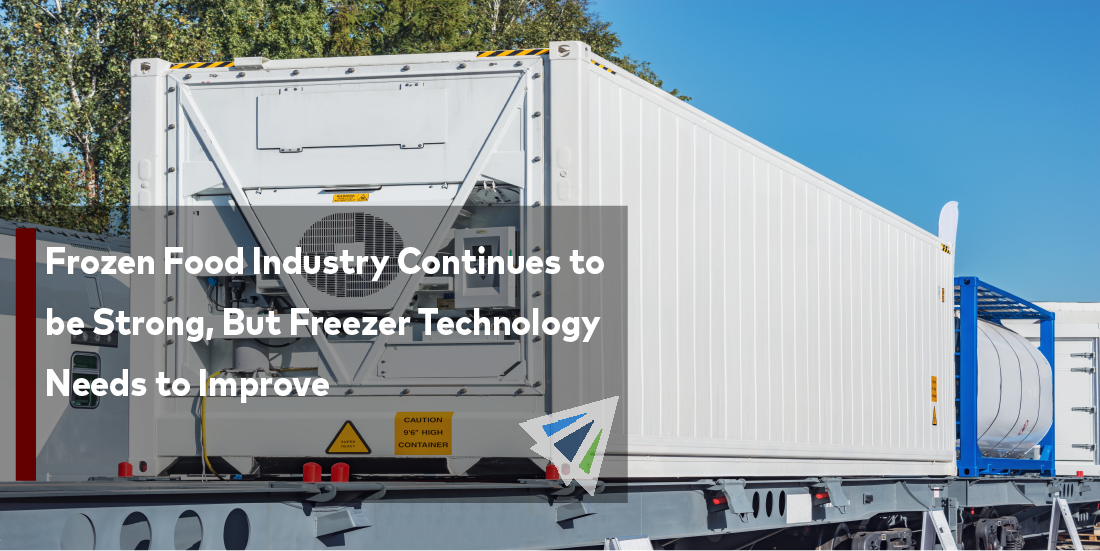Last year alone, consumers spent $72.2 billion on frozen foods, however some of those purchases left consumers with certain frozen foods being freezer burned, melted, or arrived way too hard.
Proper cold storage for frozen food is crucial, as well as that storage maintaining the correct temperature before the commodity reaches its final destination.
From start to finish, this type of commodity is shipped via refrigerated (reefer) containers to refrigerated warehouses/storage centers, where they then are transported by refrigerated trucks to their final destination.
So, as the frozen food industry continues to be strong, freezer technology needs to improve as well.
Improving Freezer Technology
Over three quarters of the current cold storage facilities are outdated and were constructed before 2000. By 2027, cold storage construction is projected to reach nearly $19 billion in value, according to Emergen Research .
The cold storage construction market is divided into refrigerated containers, blast freezers and chillers, cold rooms, and pharmaceutical cold storage warehouse. The refrigerated containers segment accounted for the largest revenue share in the cold storage construction market, back in 2019.
Some restraints that come with building more cold storage is more strict government regulations regarding the use of refrigerants and gases that are used in those facilities, and the higher capital investment that is required to put together a refrigerated facility.
But nonetheless, improvements need to be made.
One company, Phononic, has taken matters into their own hands, trying to improve freezer technology. Based in Durham, North Carolina, Phononic has created semiconductor devices that would cool and freeze products secured in its tote units.
Phononic, in an article by CNBC, said they lease these reusable totes to grocery stores and retailers, so they can use them to divide a payload into three independent temperature zones.
Looking Ahead
Of course, different goods have different needs. And for the cold cargo, air flow and ventilation are really important as it will remove heat and gasses. While frozen goods, need to be stacked next to each other, so there are no gaps between them and the walls, which helps keep the commodities temperature low.
Should you have any questions regarding this and how it could impact your shipments, please reach out to our team today .
Additionally, we have our weekly market updates that can provide you with relevant freight news, updates, developments across the industry, and more.
